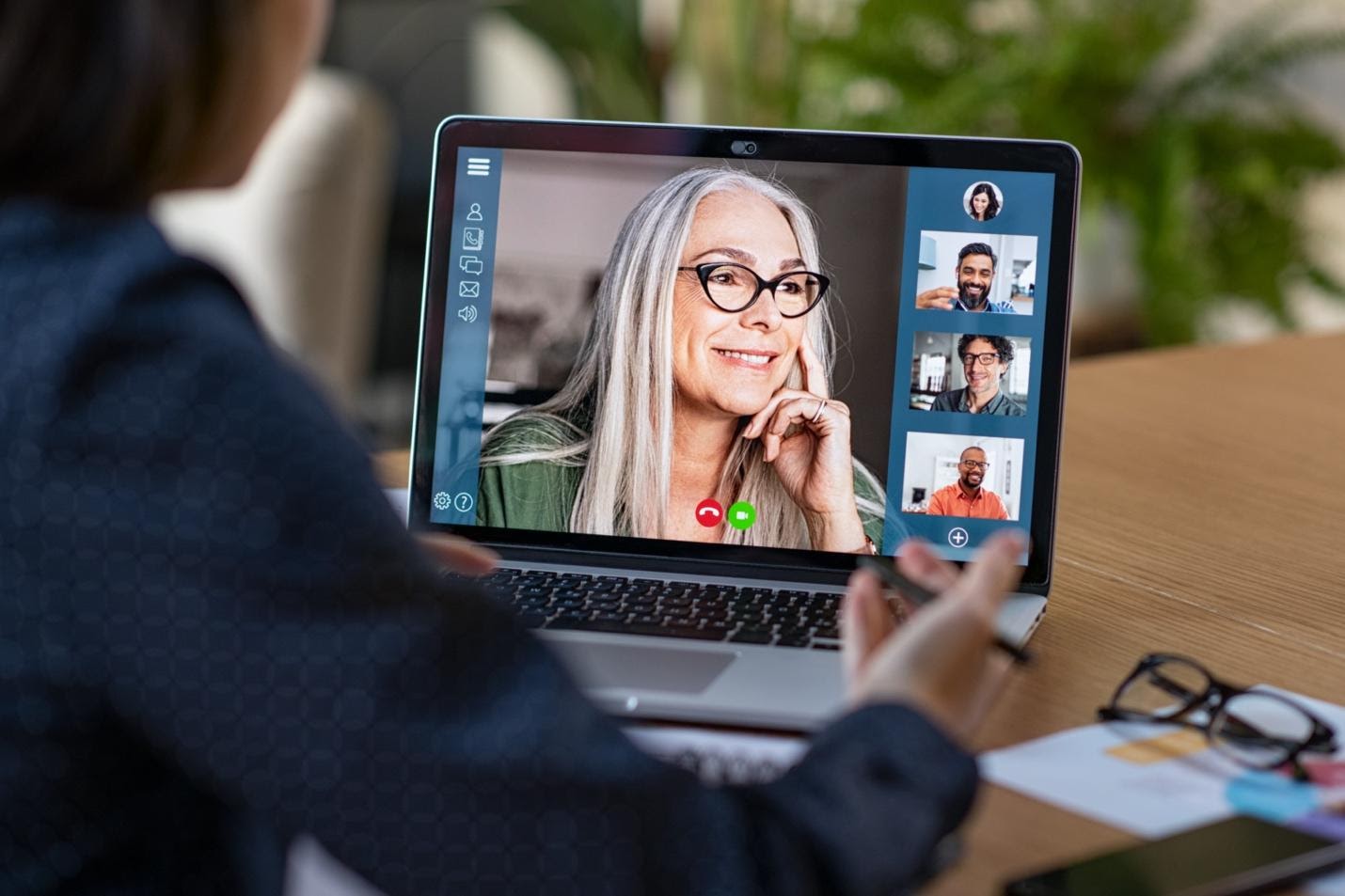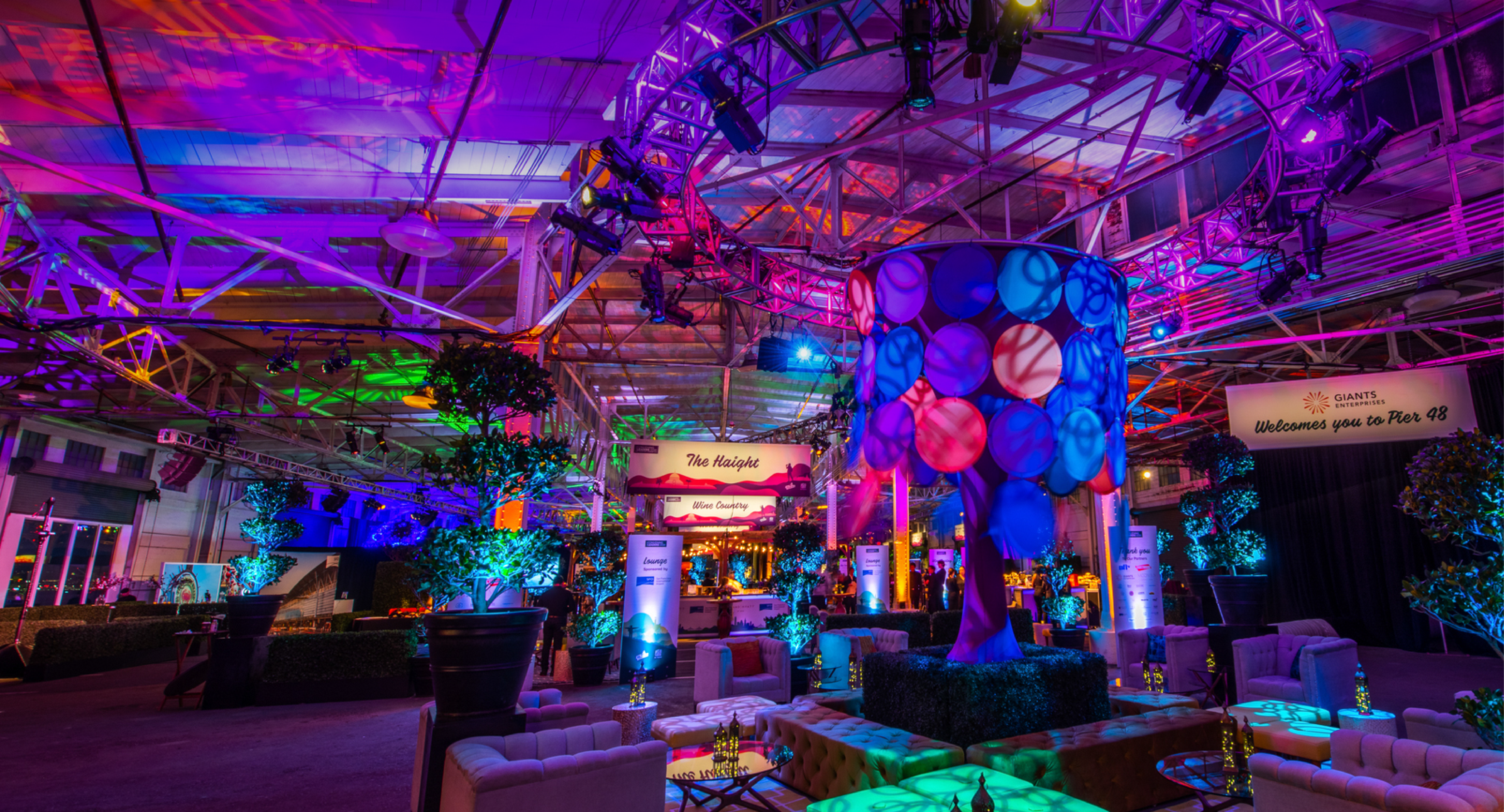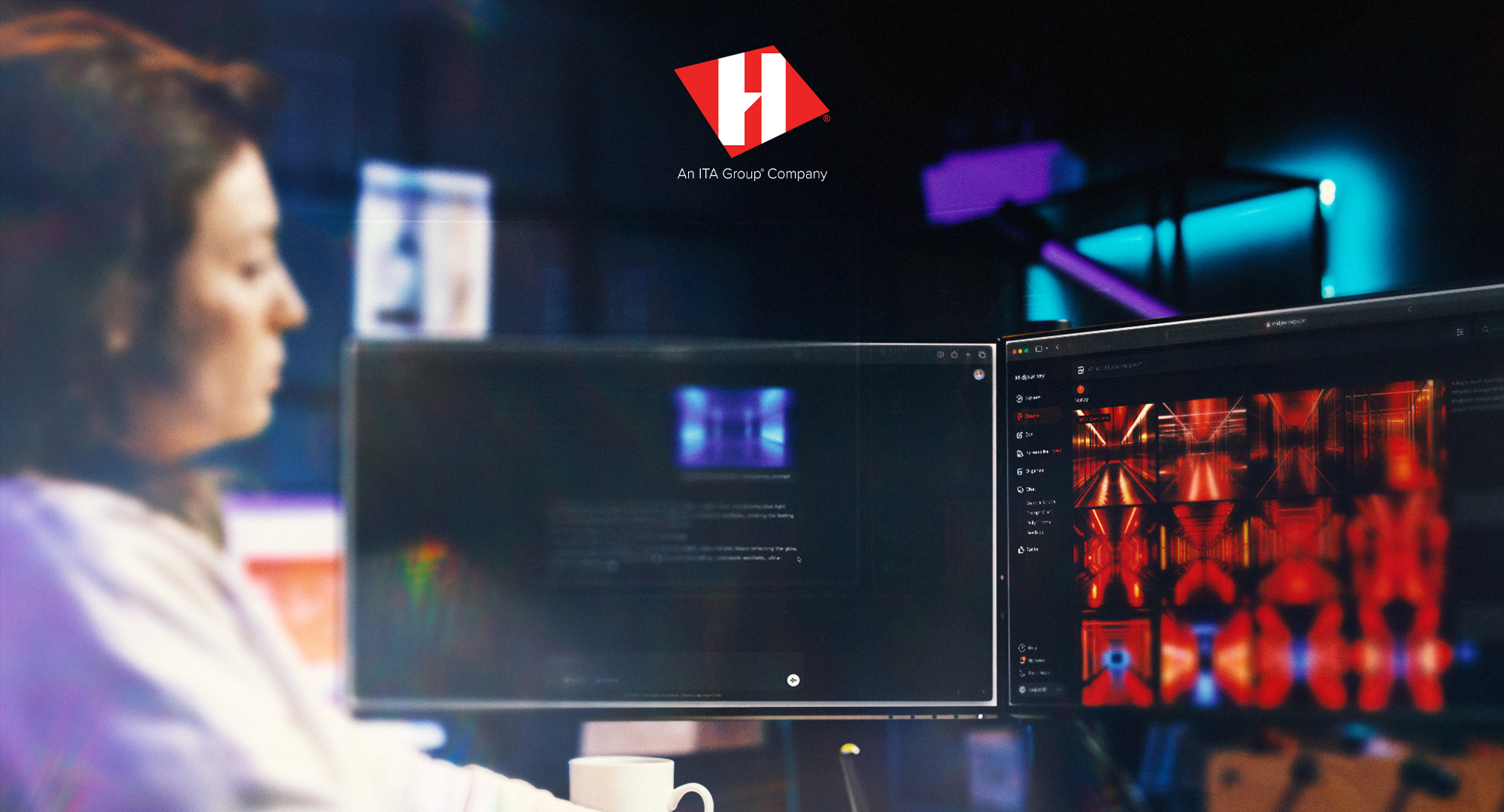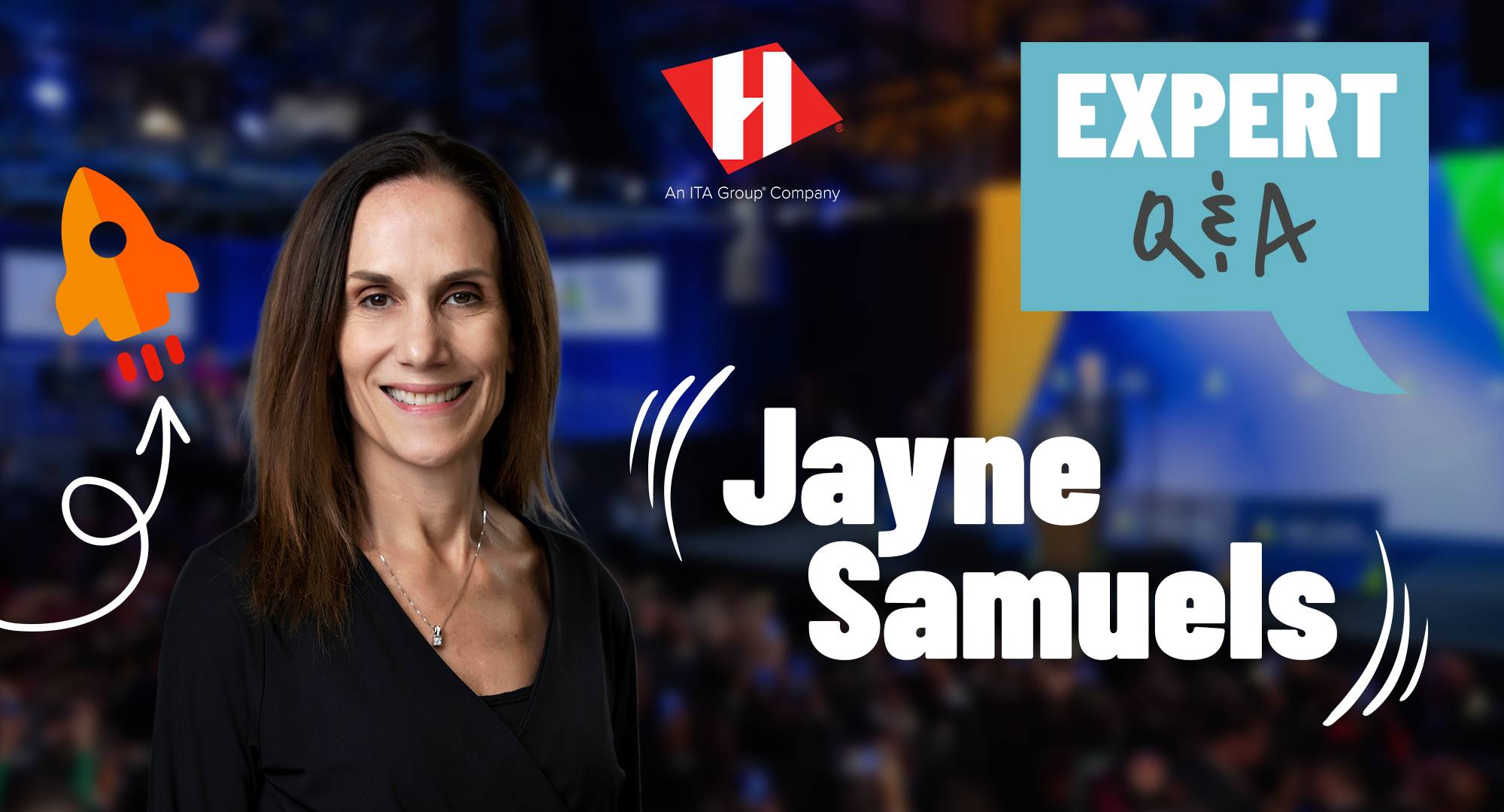How To Create Human Connection At A Virtual Event
Friday August 21, 2020
7 Min Read
Admit it, our new reality of living in the new online world can seem cold and mechanical, even distant. No matter how lively the Zoom meeting, how dazzling the immersive and interactive visual experiences may be, a simulated, virtual scenario often doesn’t deliver the same emotional connectivity to all our real world experiences. It is, after all, an imitation of life. And most of us, by our very nature, covet relationships and interactions with others, to recognize ourselves in them and remind us we are alive.
In a 2018 interview with Forbes, Eventbrite CEO and co-founder Julia Hartz shared her thoughts on the power of human connection and experience.
“The desire to gather with others in flesh and blood lives in all of us. Not simply to claim we were present in life, but truly connect through a shared live experience.
Events aren’t just for attending. They exist to fulfill a desire to leave different from when we walked in: to be smarter, wiser, happier, more engaged, more excited, more thoughtful, more in touch with yourself, with your community, with the world.”
Giving people that connection and experience is exactly why event producers do what they do—with all the staging and visually charged presentations, LED screens and DJs, pyro and fanfare, it really is just all about people. And you are making memories. Simple as that.
But with events going virtual for the foreseeable future because of COVID-19, there’s an important issue we need to address: How do we create authentic human connection at virtual events?
It’s our responsibility as event professionals and program producers to innovate and adapt right now in order to continue delivering meaningful experiences.
Here are a few simple ideas our team at Hartmann Studios recommends:
Let attendees start connecting before the event
The thing with virtual events is that they should really begin way before the scheduled programming (and they should end way after—more on that later).
How do you build up a virtual event community that stays vibrant after the event is over? Keep this in mind when you’re planning, and make sure your team takes the before and after into account for the overall strategy.

For example, what content can you share with registered attendees before the event that will get them excited? Better yet, how can you give people a head start to connect with each other?
Try a few of these:
Host a pre-program gathering. This might be an hour-long, casual webinar through Zoom or another video chat tool where the host and perhaps one of the speakers do an informal session to prep attendees on what to expect, how to get the most out of the event, and anything else people want to cover. Try sending out a survey beforehand to gather questions from attendees.
Manufacture a downtempo orientation lounge and let the community building begin. Do this on your virtual event meeting site and get people “in the tent” before the real content delivery begins.
Use Braindate. Braindate is a peer learning app that makes it easier for like-minded professionals to connect and brainstorm together. Attendees can look at each other’s profiles in the app and opt in to get to know someone better.
It’s a very efficient way for people to find exactly who they want to connect with, whether it’s someone who’s in a similar role, someone looking for a job, or someone from their hometown. Birds of feather eventually flock together.
Foster socialization with group activities
People often participate in different types of social activities at group events to get everyone communicating more openly. Icebreaker activities are simple and meant to alleviate the awkwardness of first-time interactions. Then there are social activities that inject energy and levity into the group.
The ice has to get broken at virtual events, too.

And don’t settle for just a chip off the iceberg, there is more where that came from. Be diligent. Depending on the size of the group and the subject or theme of your event, one option is to split attendees into groups and have them work on mini-projects.
Or for something simpler, group Q&As are an option, letting attendees take turns asking questions—“What’s your latest binge TV obsession?” and “Have you seen any great Living Room performances online?”—that the rest of the group answers.
Game, set, matchmaker.
Leverage the right tools
The technology you use for your event dictates how your attendees interact with each other.
One option is to use a virtual event platform (e.g. MegaMeeting and ClickMeeting) with video chat and instant messaging for groups.
Or you could livestream your hosts and speakers while attendees engage through a platform with robust chat functions like SpotMe.

Another tool to try is Slack—use it alongside live streams so attendees can easily communicate. Ideally, you’ll want to set up multiple channels to use as digital breakout rooms. Attendees will have access to your event’s Slack group long after the event is over, so think about how you’ll use it to continue the conversation and roll that into your overall event strategy.
Manipulate technology to ensure a human connection. Hardwire straight for the heart.
Choose an engaging emcee
“If you lead, I will follow.” A solid host is just as important as a great front man in a band, and a great host will pave the way towards increased retention and attention. Utilize a skilled moderator from your organization or hire a professional who can work the virtual room.
Bored attendees absorb far less of what’s being communicated to them. At worst, they’ll ditch the event altogether. You’ll get more out of your virtual event if everyone in the crowd is into it.

Good hosts not only hold the audience’s attention, but keep the overall energy up. Additionally, engaging hosts can elicit more participation from the audience, which, by extension, makes attendees more likely to engage with each other. It is the best kind of trickle-down theory in action.
Let attendees continue to connect after the event
The fact that each virtual event has a definitive endpoint doesn’t mean communication between attendees has to end, too. Like having a digital meet-and-greet before the event, your attendees can more easily stay in contact with each other if you maintain the lines of communication after the event.
Work with presenters and content owners to create opportunities to reconnect with the audience two weeks after the event in your virtual event space for follow up questions or topical conversations.
If you hadn’t created one already, then you could create a channel for this purpose on an application like Slack. Whichever method you choose, it would basically serve as a curated social group for attendees to continue networking.
Read on for more about creating content and creative for virtual events.
Let’s connect
Boosting the potential for human connection at your virtual event isn’t just about letting people network. Although that’s certainly part of it, fostering connection and relationship-building among your attendees will ultimately ensure that they leave the event feeling, as Julia Hartz said, “smarter, wiser, happier, more engaged, more excited, more thoughtful, more in touch with [themself], with [their] community, with the world.”
Want to know how Hartmann Studios can help you connect attendees at your next virtual event? Get in touch with us today.
Read more stories
View AllAll Posts
4 Ways Environmental Designers Support Creative Event Production
Event design draws us out of our everyday environments. Dynamic displays, scenic builds and dramatic stages capture the audience’s attention. Customized spaces come together thanks to the behind-the-scenes talents of environmental designers. These solution-oriented event production experts believe great event design shouldn’t just look incredible. Thoughtful design elements open minds and promote interaction. Here are...
4 Min Read
All Posts
Elevating Event Production with AI Tools
As artificial intelligence (AI) emerges as a redefining force in creative event production, curiosity is key. Experimenting with prompts helps Hartmann Studios’ production designer, Greg Sullivan, leverage industry-disrupting tools to inspire and streamline his work. He’s defined his dynamic career around constantly learning to meet the next wave of technological advancements. In the mid-1990s, when...
5 Min Read
All Posts
Engaging Main Stage Production with Jayne Samuels
What you need to know Jayne Samuels’ background as a performer informs her approach to event production. A former dancer, she embraces the complex choreography of staging corporate events as a fun, fast-paced challenge. As an executive keynote producer, Jayne leads dozens of team members toward achieving event visions that entertain and inspire audiences. She...
5 Min Read



